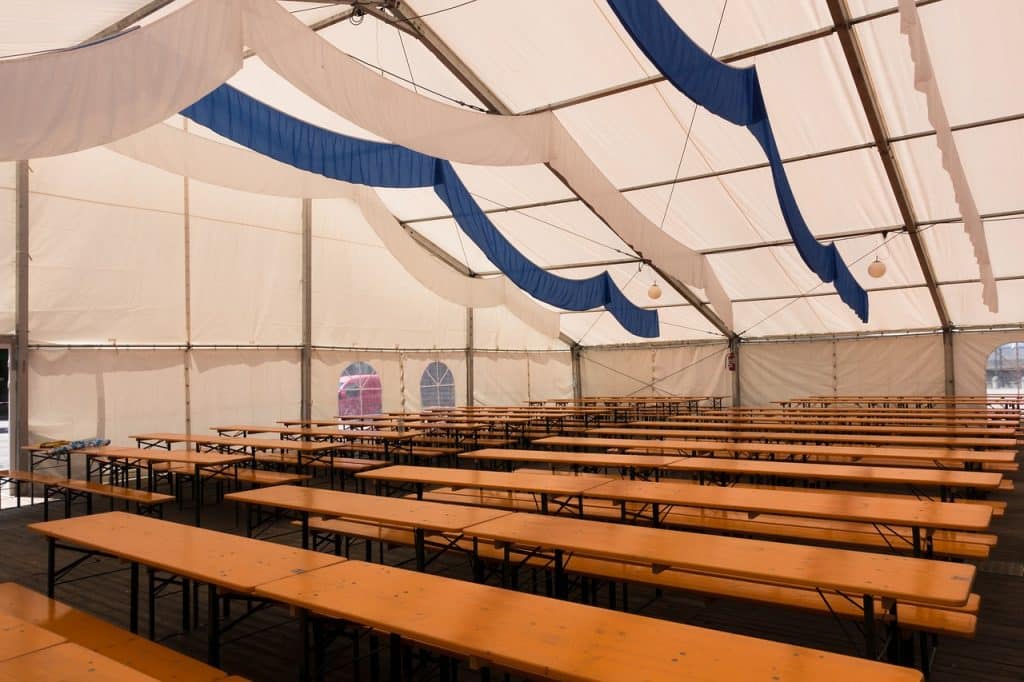Temporary structures, including marquees, construction sites, and event venues, pose unique fire safety challenges. Their often temporary nature and varied design mean that standard fire safety practices may need to be adapted to meet these unique requirements effectively.
Understanding the Unique Risks:
The first step in ensuring fire safety in temporary structures is understanding the specific risks they pose. These can include a higher likelihood of fire due to the use of lightweight and potentially flammable materials, the presence of open flames (in the case of events), temporary electrical installations, and the concentration of people in a small area.
Comprehensive Fire Safety Measures:
- Thorough Risk Assessment:
- Conducting a detailed fire risk assessment specific to each temporary structure is essential. This should consider all aspects, including material flammability, electrical equipment, cooking areas (if any), and the expected number of occupants.
- Selection of Fire-Resistant Materials:
- Opt for fire-resistant materials when constructing temporary structures like tents or marquees. Ensure that these materials meet the required fire safety standards and certifications.
- Effective Signage and Escape Routes:
- Plan and mark escape routes clearly. In larger temporary structures, multiple exits should be provided to facilitate quick evacuation. Regular checks should be performed to ensure these remain accessible and unblocked.
- Provision of Fire-Fighting Equipment:
- Equip the site with suitable fire-fighting equipment, including fire extinguishers, fire blankets, and, if necessary, water hoses. These should be easily accessible and their locations clearly marked.
- Safe Electrical Installations:
- Electrical safety is paramount. All electrical installations should be performed by qualified professionals and regularly inspected, especially where temporary and potentially exposed wiring is involved.
- Staff Training and Emergency Drills:
- Staff should be adequately trained in fire safety procedures relevant to the structure. Conducting regular fire drills will ensure staff and occupants are familiar with evacuation procedures.
- Collaboration with Local Fire Services:
- For larger events or long-term temporary structures, liaising with local fire and emergency services is crucial. They can offer expert advice and need to be informed about your event for prompt emergency response.
- Ongoing Inspections and Adaptability:
- Conduct regular inspections to ensure continued adherence to fire safety measures. Be prepared to adapt your fire safety strategies to respond to changing conditions or increased risk levels.
- Fire Safety Information for Occupants:
- Provide clear fire safety information to all occupants. This can include briefings at events, clear signage indicating fire safety equipment and exits, and information packets in temporary accommodation.
- Monitoring and Response Plans:
- Implement a system for monitoring potential fire hazards and a clear response plan in case of a fire. This should include the roles and responsibilities of staff members in the event of a fire.
Managing fire safety in temporary structures requires a multifaceted approach that considers their unique characteristics and risks. By conducting thorough risk assessments, implementing robust fire safety measures, and ensuring regular training and inspections, the safety of everyone involved can be significantly enhanced. It’s about creating a culture of safety and awareness that adapts to the dynamic nature of these temporary environments.


